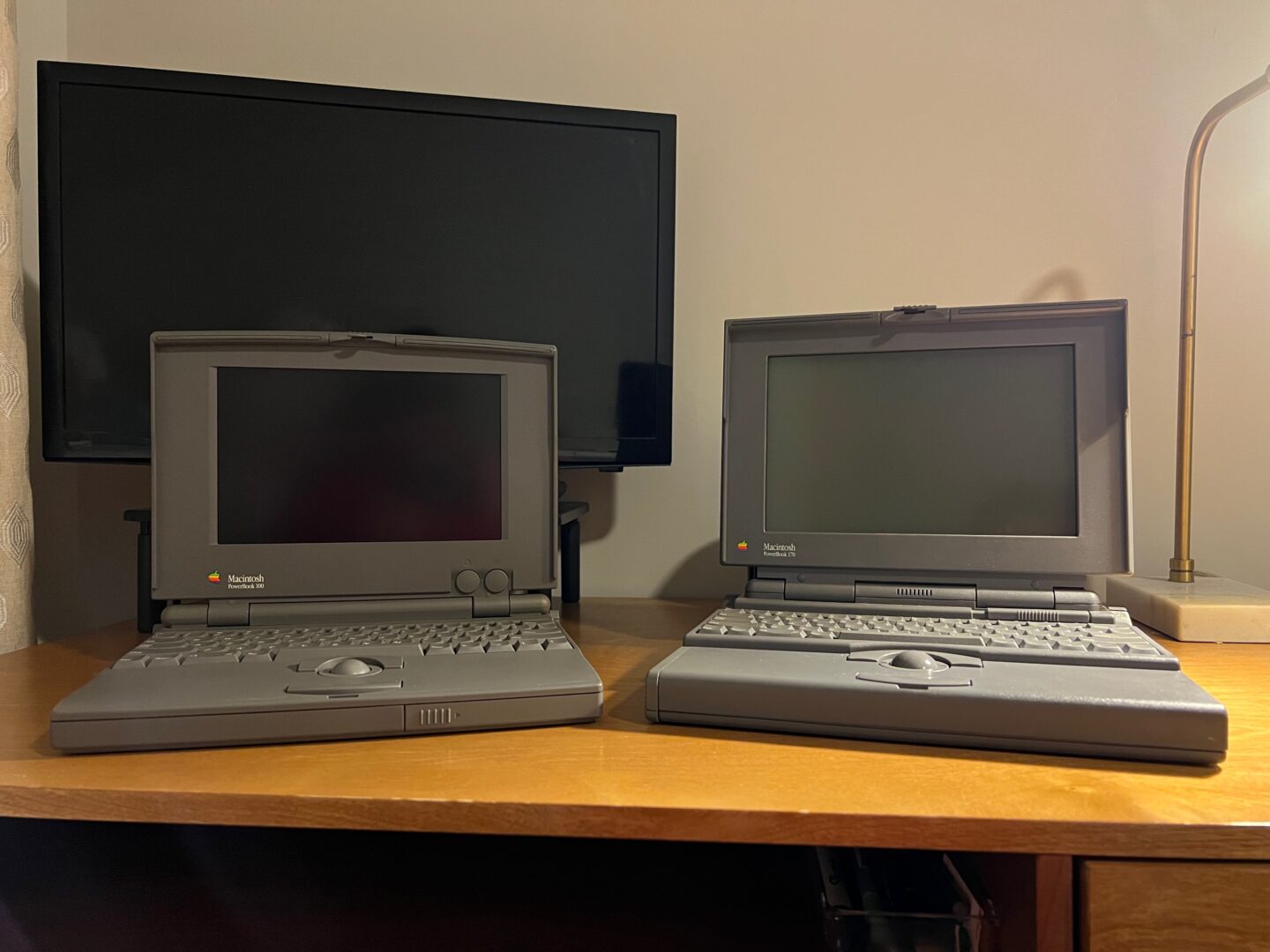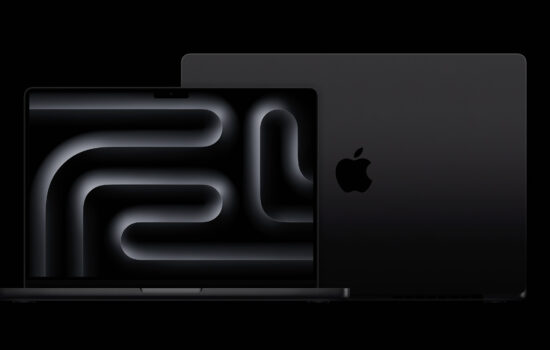As Apple entered into the next decade, things would start to get out of hand for the company. In 1990, Apple attempted to attract more people from a PC to the Macintosh by expanding its lineup even further with the introduction of two new Macintosh models. The first was the Macintosh LC, which stood for “low cost”. That machine was aimed at the education market. However, it wasn’t that affordable since its introductory price was $2,500 (~$5,900 in 2024). The Macintosh Classic, on the other hand, was the first Macintosh to be sold for under $1,000 (~$2,360 in 2024). That machine was simply a repackaged version of the Macintosh Plus, but to hit that price point, Apple chose to not go with newer components.

1991 could be considered one of Apple’s brightest years in its darkest period. In February 1991, Apple updated the Macintosh Portable to feature a backlit active-matrix display as the lack thereof was the biggest complaint of the original model. In October 1991, Apple introduced the Macintosh Quadra, which was aimed at the business and graphics markets. The Quadra 700 famously made its appearance in the film Jurassic Park (1993).

At the same time, Apple introduced three of the company’s first modern laptops – the PowerBook 100, 140, and 170. The lowest-end 100 had the same hardware as its predecessor – the Macintosh Portable, yet it was significantly smaller and lighter. The only compromise was that the 100 had a passive-matrix display. The 100 looked smaller than its bigger brothers because Apple had Sony designed the 100 based on the Portable’s hardware. The only highest-end 170 had an active-matrix display. Both the 140 and 170 featured an industrial design that would be later reused in later models in the PowerBook 100 series.

In 1992, Apple introduced the second lineup of the PowerBook series called the “PowerBook Duo”. The concept of the Duo was that it was a subnotebook that had a more portable design that was ideal for road warriors, and when you were at your desk, you could insert a Duo into the optional Duo dock for a complete desktop setup with more I/O for expandability. In 1993, Apple introduced the first PowerBook with a color display – the PowerBook 165c although that model still had a passive-matrix display. However, Apple later introduced another PowerBook model called the 180c, which was the first PowerBook to feature a better active-matrix color display.

On the desktop side, the addition of more models added more confusion to the Macintosh lineup with the LC, Quadra, Centris, and Performa series, which was a rebranding of several of the other Macintosh models. To differentiate from the rest of the Macintosh lineup that was geared towards professionals, the Performa models came bundled with consumer-level software and thus were aimed towards consumers. At the same time, Macintosh was lagging behind other competitors in terms of performance. So in 1994, Apple started transitioning its Macintosh models from Motorola’s 68K processors to PowerPC processors, which were created by the Apple-IBM-Motorola (AIM) alliance. The first PowerPC-based Macintosh models were the Power Macintosh 6100/7100/8100.

1994 also saw a bigger change to the PowerBook lineup with the introduction of the PowerBook 500 series, which pioneered stereo speakers, a trackpad, and Ethernet networking. The design of the PowerBook 500 series was a major departure from the boxier design of the 100 series with its curvier design. The 500 series would live a very short life as Apple transitioned its laptops to PowerPC the following year. You see, most of the Powerbook 100 series from 1991-1996 featured the 68030 processor, which started to become antiquated with other PC laptops. So Apple introduced the PowerBook 5300 series – the first laptops with a PowerPC processor; however, they were a huge failure because of the infamous battery issue that led to several recalls on those models. The PowerBook 190, which carried the same form factor as the 5300, would be the final Mac model with a 68K processor before its discontinuation in 1996.

In 1996, Apple tried to move away from the 5300’s fiasco by introducing the PowerBook 1400 series, which was a solid choice for consumers and students looking for a laptop. 1997 would be an important year for Apple because Steve Jobs would return to Apple after starting his own company called NeXT. Because the original Macintosh operating system was getting long in the tooth, Apple acquired NeXT for the foundation of its next-generation operating system for the Mac. That year also saw the fastest laptops ever produced back then – the PowerBook 3400 and the PowerBook G3. Also, we shouldn’t forget the Twentieth Anniversary Macintosh, which was created to celebrate 20 years since Apple was founded on April 1, 1996. It was a forward-thinking all-in-one design with a 12.1-inch active-matrix display, a built-in vertical disc drive, and breakthrough stereo speakers. Oh, did I mention that this special-edition computer wasn’t cheap starting at $7,499 (~$14,400 in 2024), and that included concierge delivery service where a limo would deliver the computer right to your door? That’s a crazy fact and no wonder that machine was too ahead of its time that barely any people bought it. Even when people bought it, Apple later dropped the price. People were really upset, so Apple gave them a free PowerBook for compensation.

By the end of the year, Steve Jobs would start fixing the huge mess Apple was in, including the discontinuation of Macintosh clones – computers from third-party manufacturers that ran Mac OS. When Michael Dell, CEO of Dell, was asked what he’d do if he were the CEO of Apple, he said that “he’d shut it down and give the money back to the shareholders.” This led Jobs to introduce an improved just-in-time manufacturing model for its online store, which was Apple’s best solution to purchase Apple products. This was just the beginning of Apple’s bigger roadmap for its products.








